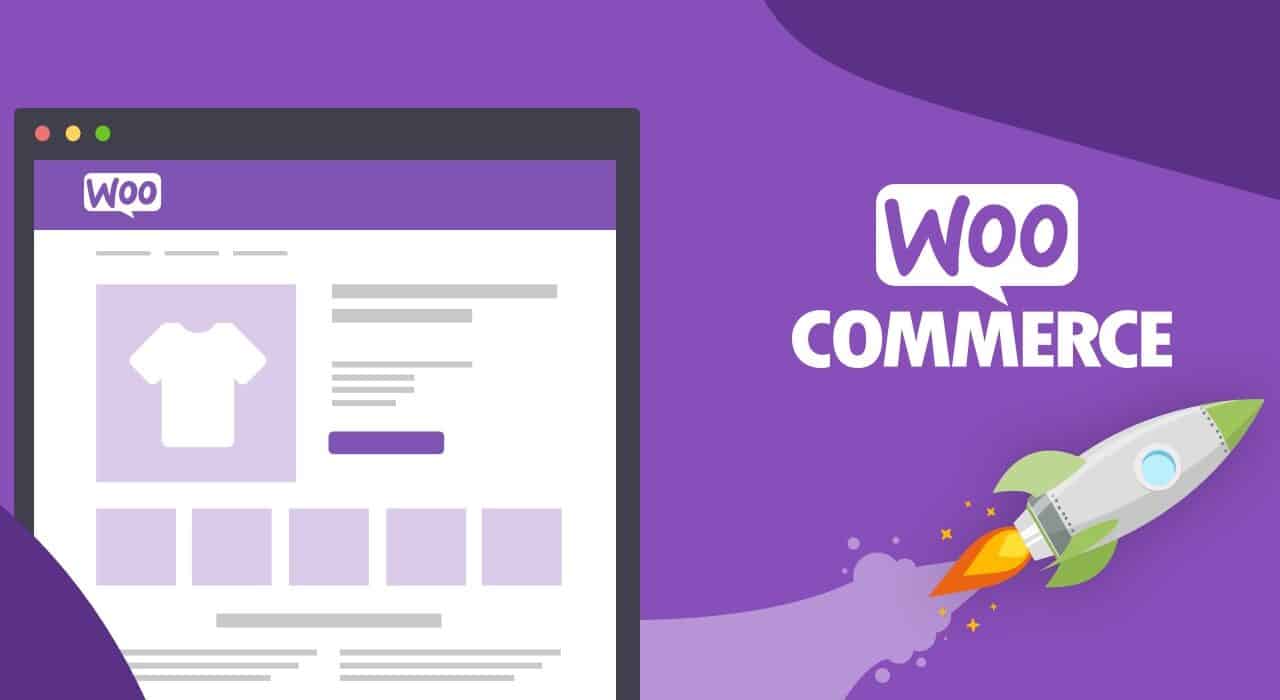Site Design Principles for Optimal Ecommerce Conversion
The design of your eCommerce site plays a major role in shaping the customer experience and directly impacts conversion rates. Consequently, implementing thoughtful design principles can make a huge difference in whether visitors purchase from your site. Some key considerations for optimizing your eCommerce site design include: Simplicity Above all, your site should provide a simple, straightforward experience that customers can navigate with ease. Moreover,Flat information hierarchies,uncluttered pages and minimal distractions allow visitors to quickly find exactly what they are looking for. Consequently, stripping away nonessential design elements and content can improve usability and conversion. Consistency Maintaining consistent design elements across your site boosts
E-commerce Cross Channel Integration
E-commerce has changed the way businesses operate and interact with customers by transitioning transactions online through retail websites and apps. However, e-commerce does not exist in isolation; businesses still operate stores and engage customers through traditional channels in tandem. Cross-channel integration actively connects all channels so customers have a seamless shopping experience across online and offline platforms. Retailers maximize growth by integrating channels effectively. Customers today research products online before buying in-store. Over 90% look at websites first before visiting stores. By integrating digital and physical channels, businesses provide a consistent experience that satisfies customer demands. Synchronized product information is critical for
Chat Commerce
Chat apps like Facebook Messenger, WhatsApp, and WeChat have revolutionized the way people communicate. Now, transition these same conversational platforms are poised to transform how consumers shop and make purchases online. The trend of "chat commerce" promises to provide a more intuitive and frictionless way for businesses to interface with customers through messaging. Chat commerce refers to using messaging apps and chatbots to enable product discovery, purchasing, and customer service interactions. Instead of navigating traditional eCommerce websites, chat apps allow shoppers to inquire about products, place orders, and get support directly within their preferred messaging interfaces. From a consumer perspective, chat commerce
Payment Processing for Ecommerce
Accepting payments from online customers efficiently and securely is vital to the success of any Ecommerce business. Therefore, implementing the right payment processing solutions represents an integral aspect of any Ecommerce strategy. Payment Options First, ecommerce merchants must determine which options to offer based on the needs of their target customers. Common choices include: Credit cards: The most widely used payment method, supporting major brands like Visa, Mastercard, American Express and Discover. Debit cards: Processed like credit cards but connected to a customer's bank account, offering an instant transfer of funds. Digital wallets: Apps like PayPal, Apple Pay and Google Pay that allow customers to
Popular Trends for WooCommerce Stores
WooCommerce powers millions of online stores around the world as an eCommerce plugin for WordPress. Knowing emerging trends for its stores enables business owners to optimize and future-proof their websites. Here are the top WooCommerce online store trends currently shaping the eCommerce landscape: Increased Mobile Optimization Mobile device usage continues rising each year, including for online shopping. Nearly 60% of all online purchases now occur on smartphones and tablets. Therefore, optimizing eCommerce sites for mobile represents an essential WooCommerce trend. Business owners optimize store speed, simplify navigation and utilize larger images/taps targets for mobile users. They redesign checkout processes optimized for smaller screens.





